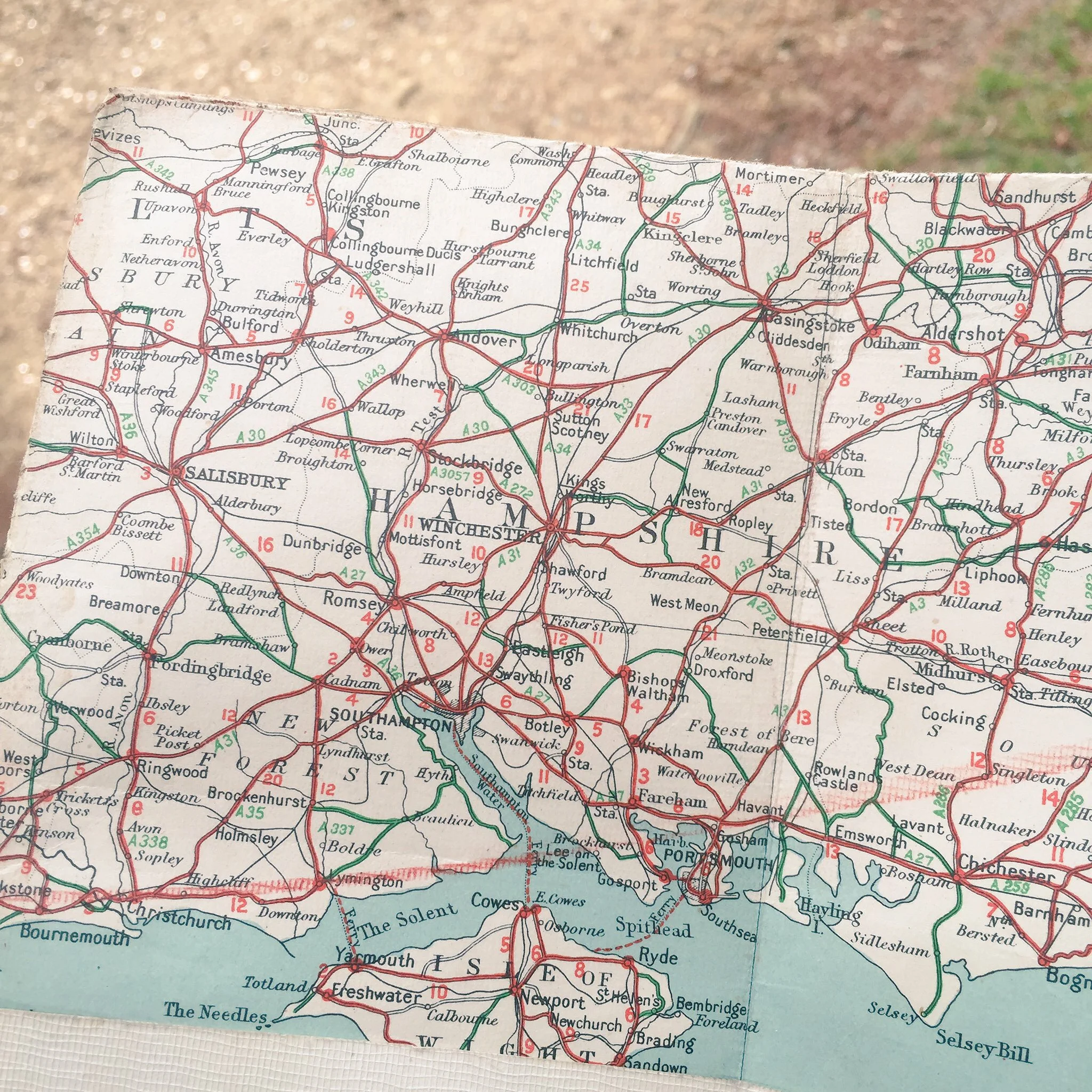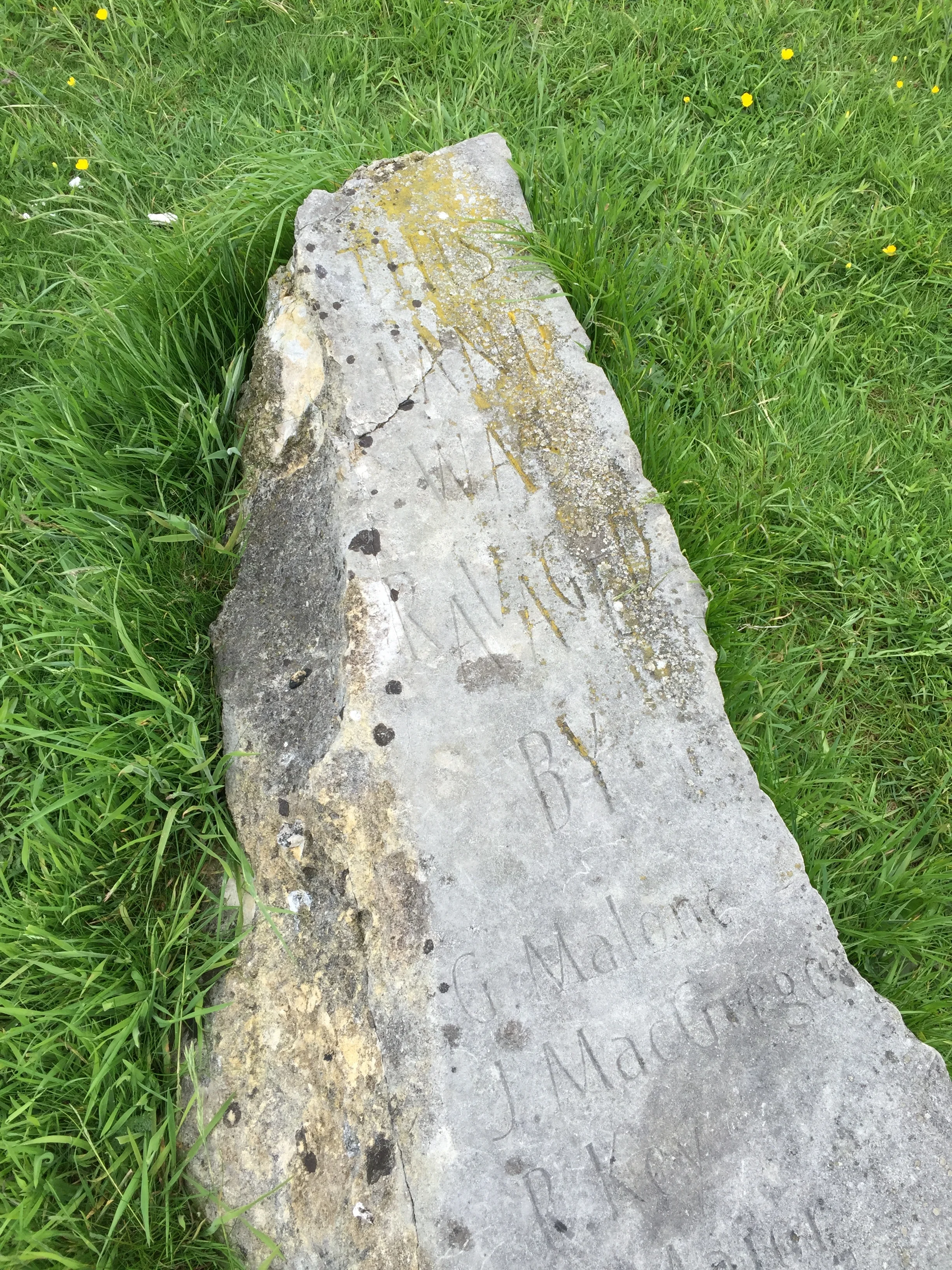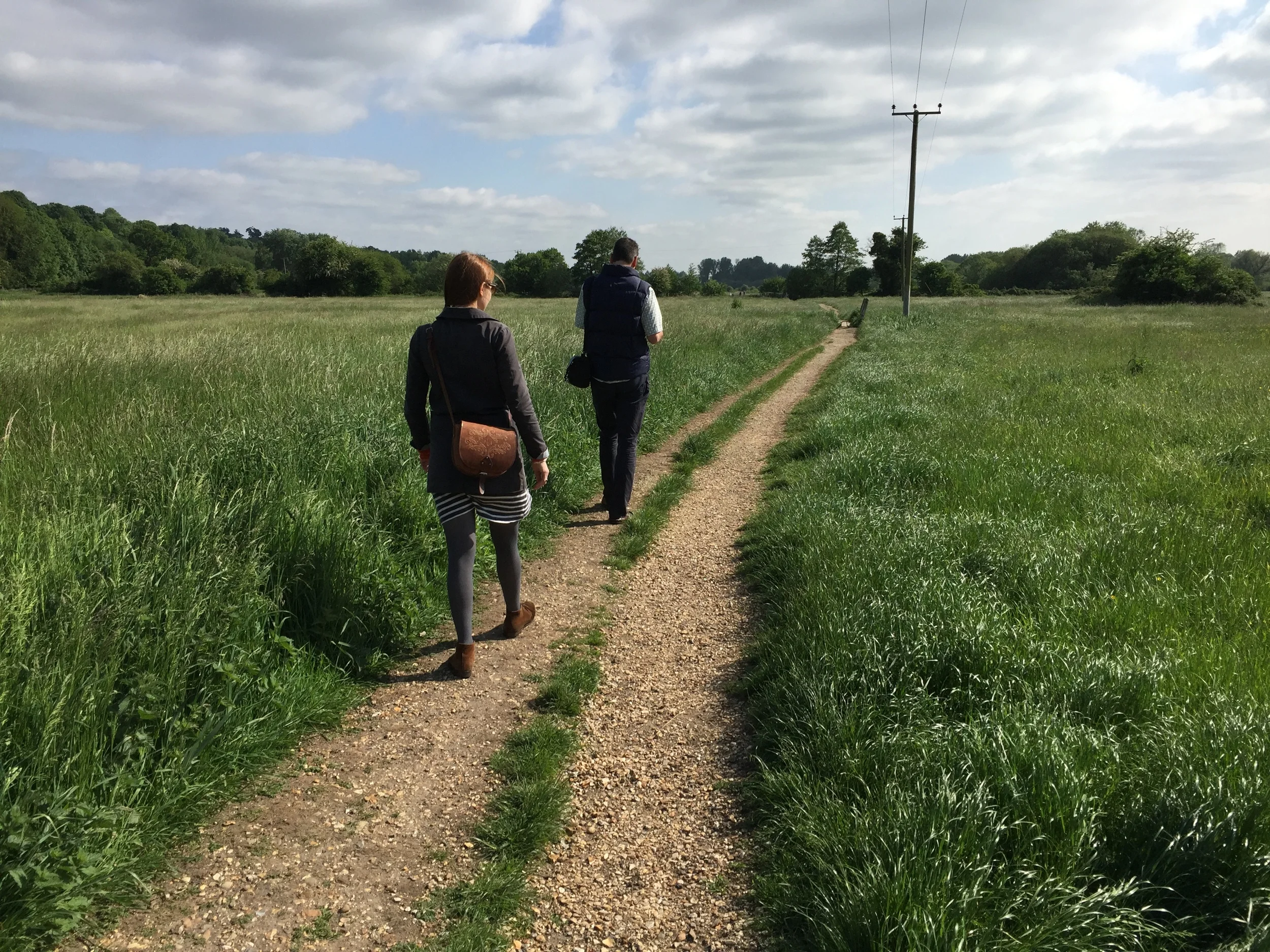Quest Along The Test
I’m currently writing a new book for Bloomsbury which sees me re-tracing one journey from each of the About Britain guidebooks that were published during the Festival of Britain in 1951. Close to 70 years later, I’m interested in exploring how Britain has changed – and stayed the same - in the span of a human life, with the 13 trips across Britain framing what is part environmental and landscape history and part social and cultural history of post-war Britain.
Book two in the series covers ‘Wessex’ with one itinerary taking the motorist on an S-shaped tour through Hampshire from Southampton Water, up to Winchester and then across to Alton and along the River Test to Stockbridge, before heading through the New Forest and finally ending up in Salisbury. The ‘gin-clear’ chalk streams of Hampshire formed the focus of the 1951 itinerary, and these also were at the heart of Barney, Lucy and my quest to find swarms of mayflies hatching.
As we headed first north, then east, and then west across Hampshire, we started to see our first mayflies. Heading out of Southampton along the A33, the modern motorist soon discovers that the original road disappears into the post-war motorway network of the M271, M27 and M3. We followed the M3 northwards through the vast chalk cutting that bisects Twyford Down, site of the first mass anti-road protests that dominated the 1990s. Here we paused to search for the chalk megalith set up before protesters were evicted from the Down, but also to begin our search for mayfly, finding the first few being washed downstream on the Itchen Navigation Canal. Some looked spent, but one or two rose up from the water to flutter a little before returning to rest on the surface.
On the Test and its tributaries we found more mayflies, first caught on the cobwebs at the old mill in Laverstoke, now transformed into the Bombay Sapphire Distillery and Visitor Centre, and then on a tributary of the Test at the Dever Springs Trout Fishery. Here we saw the beginning of life for a mayfly rather than the end of their brief existence, which had characterised our earlier sightings. Along the Dever, a few mayfly were carried along the water, one hatching out of its larvae just before us as we stood on the cow-parsley filled banks.
A few miles down the road we made it to Stockbridge, the place that everyone had been telling us we’d most likely find mayflies. In the wine merchants in Overton we’d been told to take the path next to Lilly’s tea rooms on Stockbridge high street into the water meadows. We arrived there just as the sun came out from the clouds and the day was the warmest it had yet been.
We glimpsed a few along the Test, but then heading back to the car parked on the high street up along a tributary we came across the looping dance of hundreds of mayflies. We were enveloped in a swarm of large mayflies – with their distinctive triple tails, one shorter in the middle – that rose and then glided back down, rose then glided back down, resting now and then on the fence post or wire, or on reeds or grasses besides the stream.
Before heading off further west and north, we stopped at the Grosvenor Hotel on the high street for a cup of tea. There, in the main bar, a single mayfly desperately tried to climb up the window pane by our table, before falling down and trying to escape time and time again – it’s one day of life thwarted by the glass of a window we couldn’t open.
- Tim Cole








